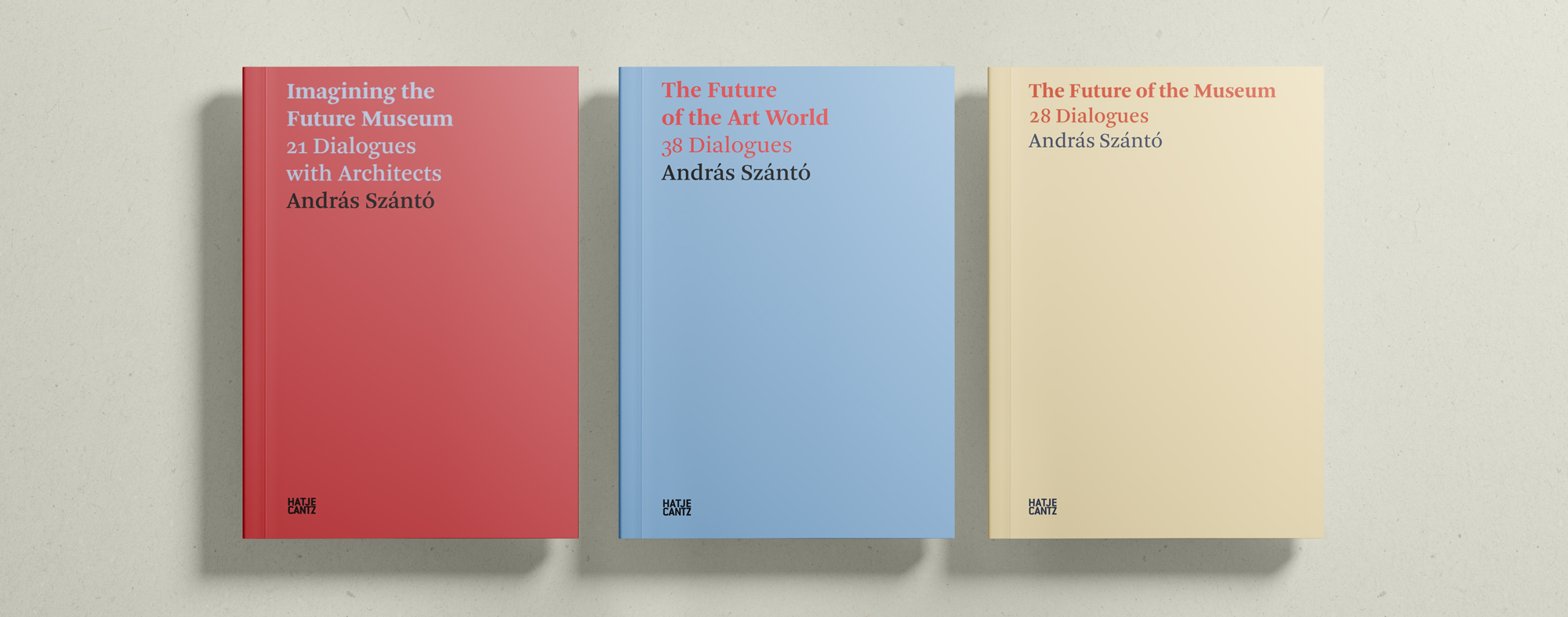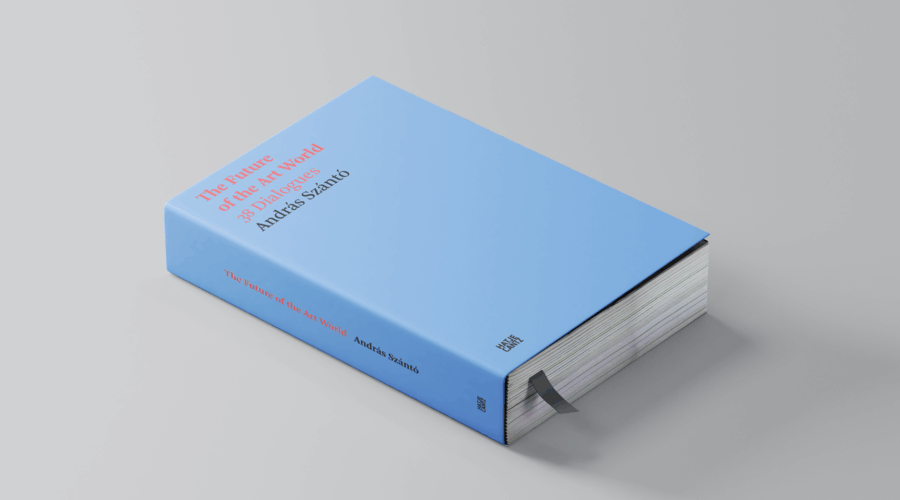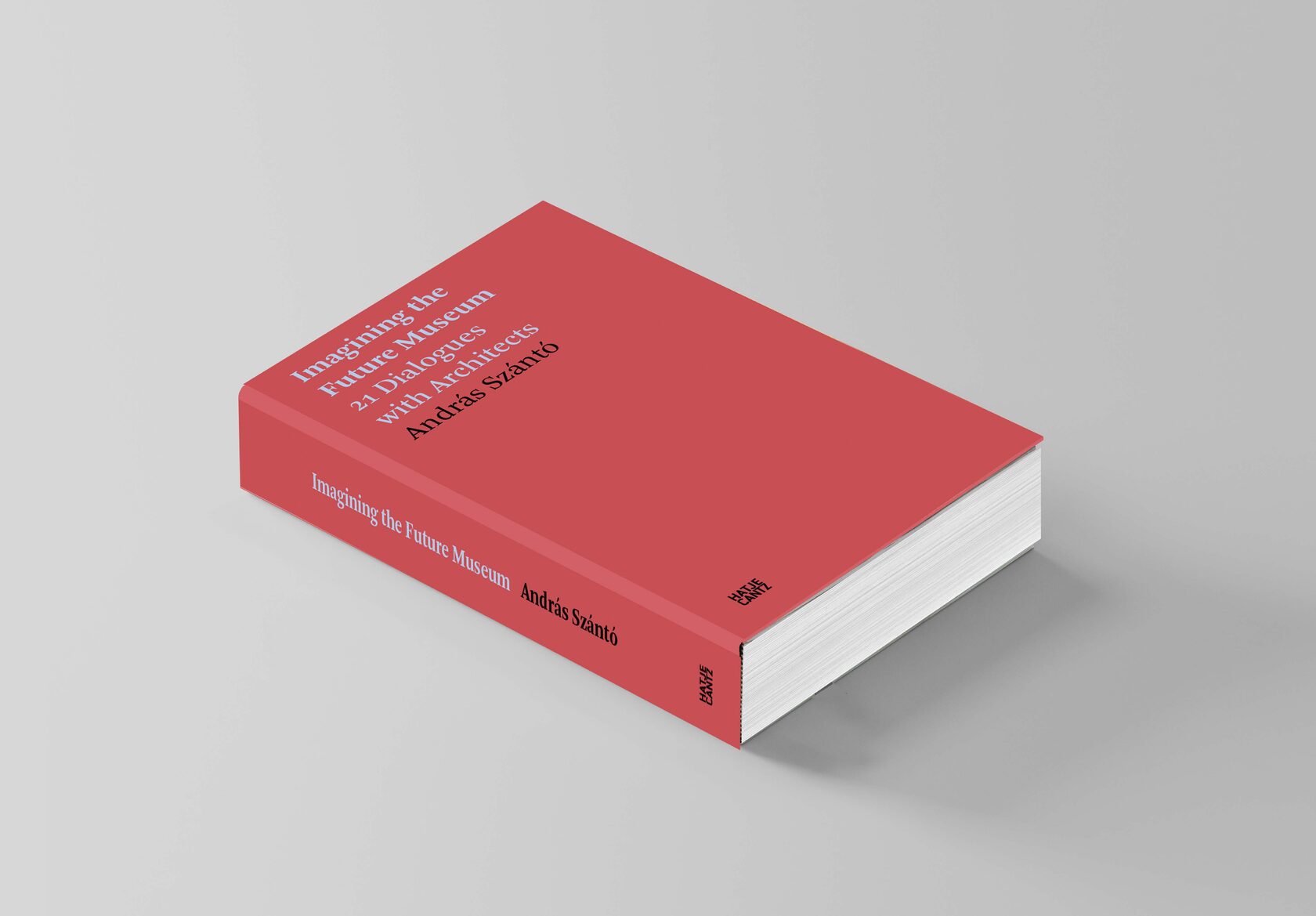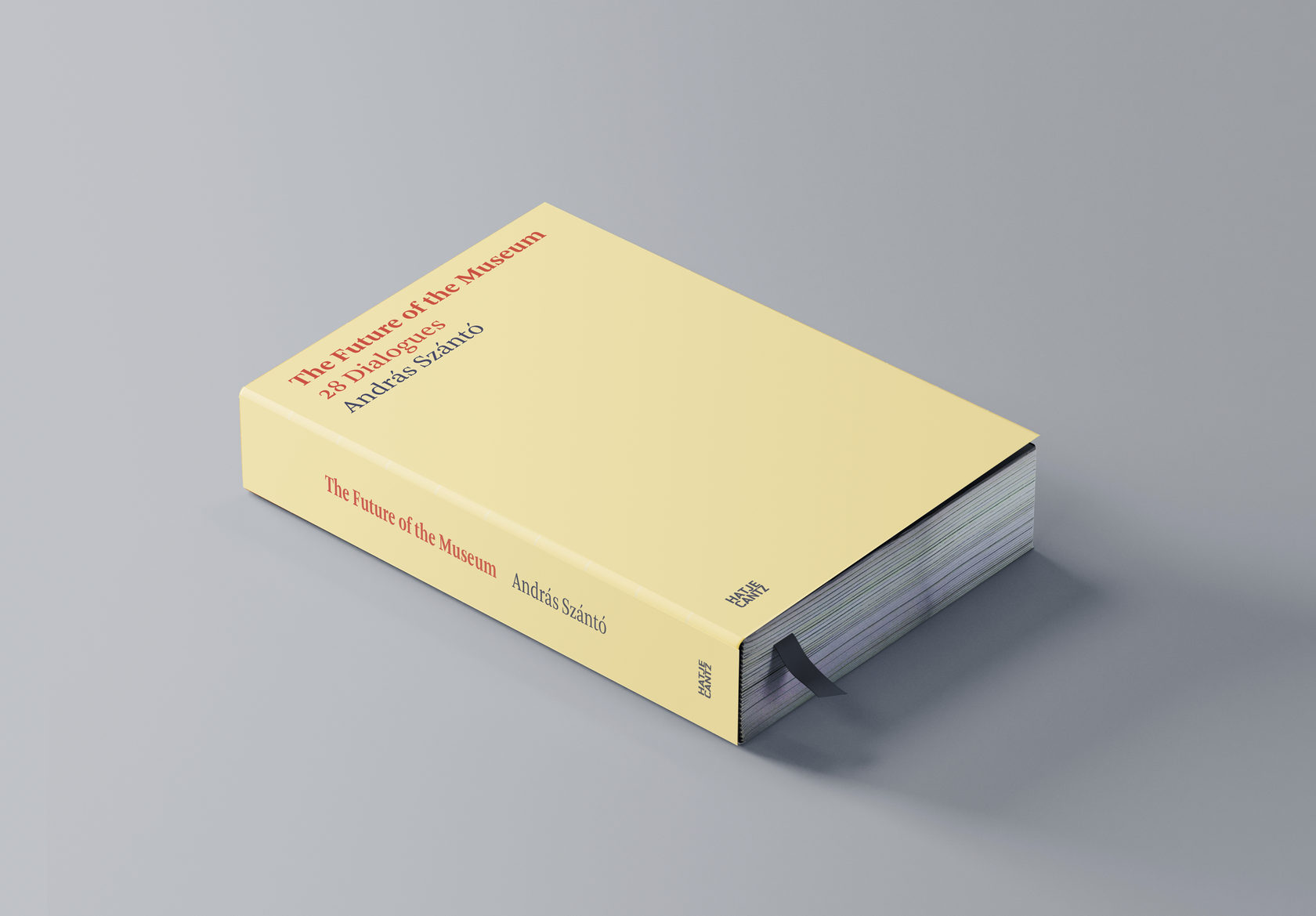Future Museum Series
Three books by András Szántó — all containing dialogues with noted experts around the world — describe what lies ahead for art museums. In 2020, Szántó conducted conversations with international museum leaders, who gave voice to the aspirations of a new museology. In 2022, he conversed with pioneering architects about what kind of museum “hardware” can complement the future museum. The concluding volume in the series examines the cultural, organizational, technological and market environment in which museums are embedded – the art world. Together, the books in the trilogy offer a panorama of a rapidly changing field.


NEW RELEASE
The Future of the Art World: 38 Dialogues
Conversations with artists, curators, sociologists, philosophers, patrons, policymakers, and leading figures in the art trade assess the changing playing field on which art institutions operate. The dialogues explore different facets of the art world—from new definitions of art and creativity, to the outlooks for the art market and the art press, to links between art and wellness, to questions around globalization, philanthropy, restitution, cultural diplomacy, and new business models and technologies. Several conversations map rapidly evolving regional art scenes. The dialogues capture an art world in flux, posing new challenges for museums as they chart a path to the future.

Imagining the Future Museum: 21 Dialogues with Architects
21 dialogues with 25 architects who have designed museums all over the world. In this follow-up volume to The Future of the Museum (2020), Szántó engages in conversations with visionary architects worldwide about what sort of “hardware” will be required for the more flexible, porous, human-centered, culturally responsive, digitally amplified, and environmentally responsible institutions of tomorrow.

The Future of the Museum: 28 Dialogues
The Future of the Museum: 28 Dialogues reflects a rapidly growing, changing, and varied museum landscape in which dynamic experimentation is happening worldwide, with institutions in Latin America, Asia, Africa, and Australia often leading the way in developing new models. It is a sector experiencing a moment of reckoning about inequality and social justice, pressed to achieve more diversity in staffing, governance, programming, interpretation, and collections.
ANDRAS SZANTO’S PUBLICATION ARCHIVE